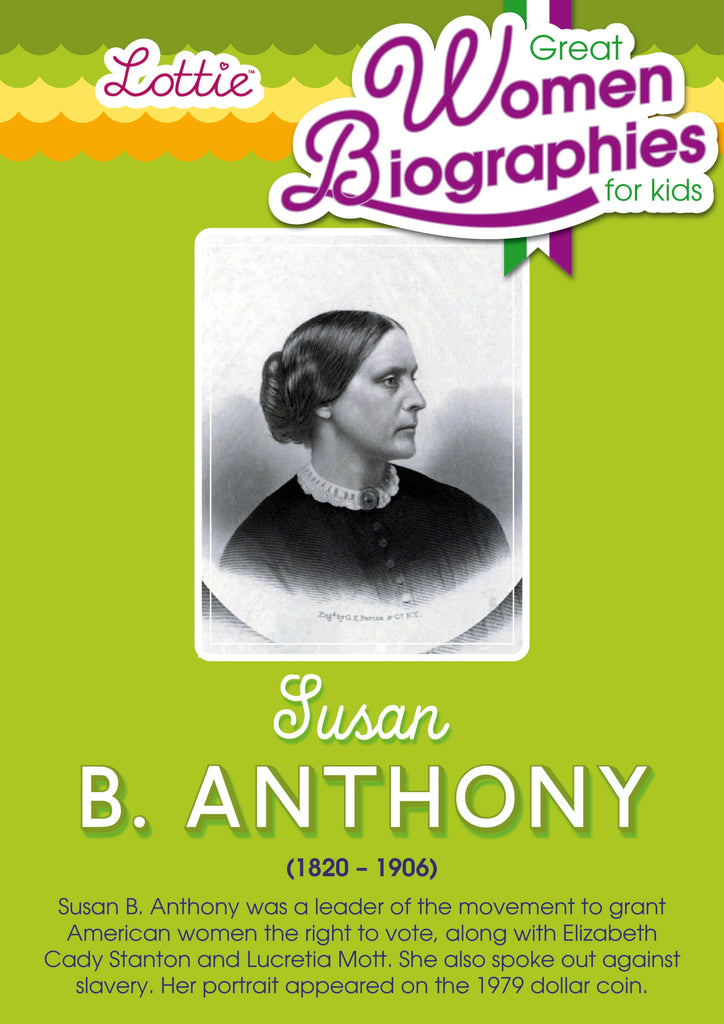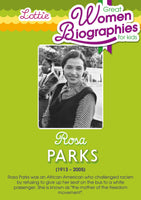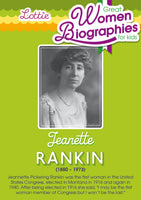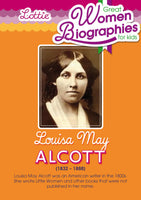Susan’s friendship with Elizabeth Cady Stanton
In 1851, Susan was introduced to Elizabeth Cady Stanton, and they became friends and co-workers. Their work together played a very important role in making people aware about women’s rights.
Elizabeth Cady Stanton was a leading figure who fought for women’s rights, andshe had been one of the organizers of the Seneca Falls Convention. The SenecaFalls Convention was the first women’s rights convention, held two years earlier in1848. At that meeting, Elizabeth Cady Stanton had argued that women should be allowed to vote, and presented an important document called the ‘Declaration of Sentiments’.
Women’s Loyal National League
At the time, there were very few people campaigning for women’s rights, and thismovement was closely connected with the campaigners who were fighting to endslavery.
Along with Elizabeth Cady Stanton, Susan set up the Women’s Loyal NationalLeague in 1863. This was the first national women’s political organization in theUnited States, and the aim was to campaign for an amendment to the U.S. Constitution that would abolish slavery. The League collected a large number of signatures - nearly 400,000 - to abolish slavery.
At that time, collecting signatures was the only way for women to show their opinion on important issues as they were not able to vote.
Susan B. Anthony and Elizabeth Cady Stanton worked hard to campaign for women’s rights.
‘The Revolution’ newspaper
In 1968, Susan B. Anthony and Elizabeth Cady Stanton began publishing a weekly newspaper called ‘The Revolution’. Although lack of money meant that the newspaper only lasted for two years, it was still an important tool that allowed Susan B. Anthony and Elizabeth Cady Stanton to spread their opinions, and keep up their campaign for women to be allowed to vote.
National Woman Suffrage Association
In 1869, Susan B. Anthony and Elizabeth Cady Stanton and others formed the National Woman Suffrage Association (NWSA), and Susan dedicated her time fully to campaigning for women’s right to vote.
This gave her a national platform to argue her views, and the two women often travelled together all over the country to make speeches.
They worked hard to try to raise awareness, even getting arrested as a way to show how unfair it was that women could not vote.
In 1906, Susan B. Anthony died at the age of 86 of heart failure and pneumonia in her home in Rochester, New York.
Even though, at that point in time, women had not yet achieved the right to vote at a national level (though some states had let women vote), her efforts had really pushed forward the campaign.
Finally, in 1919, a few years after her death, the 19th Amendment that allowedwomen to vote was finally passed. The Nineteenth Amendment, which guaranteedthe right of women to vote, was popularly known as the Susan B. Anthony Amendment.
Susan’s B Anthony’s efforts have been widely celebrated. In 1936, the U.S. PostOffice issued its first postage stamp honouring Susan B. Anthony. In 1979, the new Susan B. Anthony dollar coin made her the first real woman to appear on U.S.money.
![]() Fast Shipping*
Fast Shipping*![]() Subscribe to our Newsletter
Subscribe to our Newsletter![]() 🌟 A Walk in the Park Lottie Doll 🌟
🌟 A Walk in the Park Lottie Doll 🌟
















